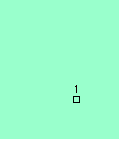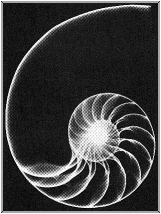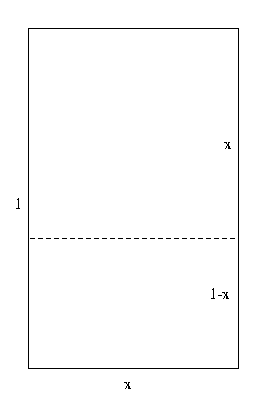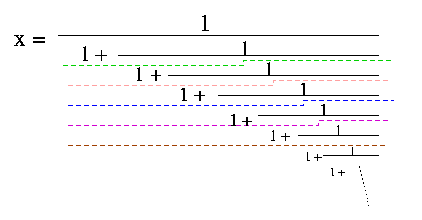A Deeper Look at Fibonacci Numbers
|
Here is an interesting way to use the Fibonacci numbers to build up a pleasing rectangle and spiral:
The successive rectangles generated in the exercise above look more and more like the golden rectangle as you add additional squares.
The equation (*) has roots There is interesting information in (**) as well. If the expression for x in (**) is plugged into the right hand side and this step is repeated we get
If this is continued indefinitely, we get a continued fraction expression for x. (Ignore the coloured dashed lines at first.)
If you cut this off at the green line, the fraction simplifies to 1/2. If you cut this off at the pink line, the fraction simplifies to 2/3. If you cut this off at the blue line, the fraction simplifies to 3/5. If you cut this off at the magenta line, the fraction simplifies to 5/8. If you cut this off at the brown line, the fraction simplifies to 8/13. And so on.... As a distinctive notation, we will use f to denote the golden ratio. Thus, |




